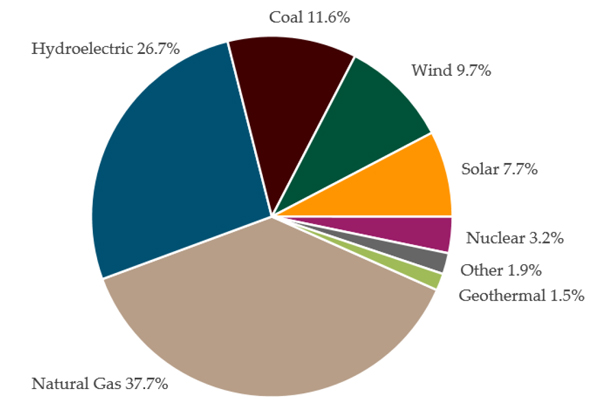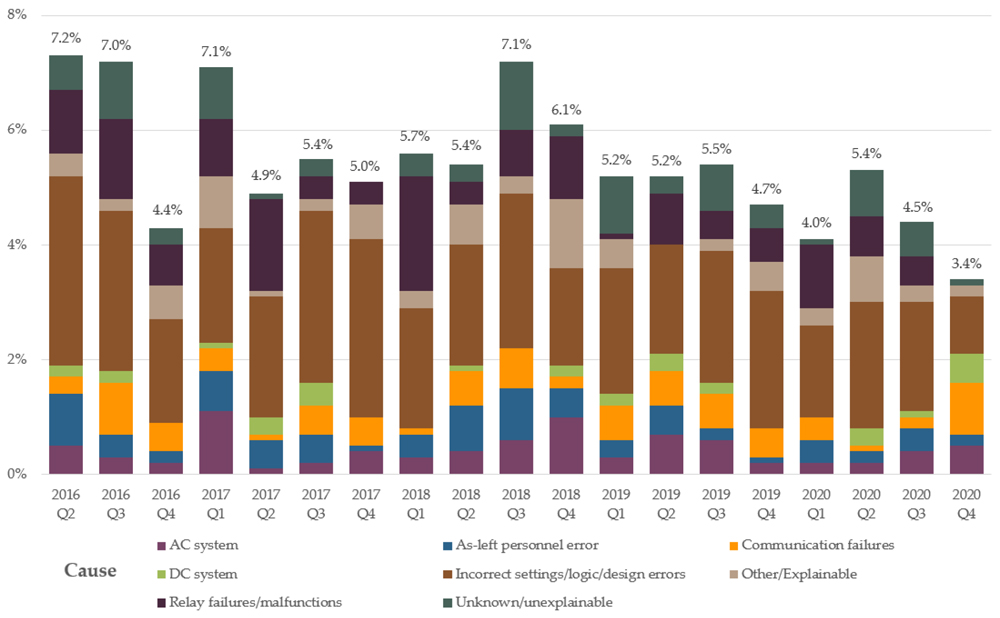In light of the evolving challenges facing the Western Interconnection, WECC plans to continue improving its annual State of the Interconnection (SOTI) report, staff said Tuesday.
Speaking to WECC’s Member Advisory Committee (MAC), Vic Howell, the regional entity’s director of reliability risk management, said the 2020 SOTI “marked a pretty significant change” in how WECC organizes the annual report, with a summary document added to the usual online portal. While similar “monumental improvements” were not possible for this year’s report because of “other priorities,” he said the RE hopes to “reimagine” the SOTI — both its final form and the process of creation — for next year’s version.
“We’re not real sure what that’s going to look like — we’re trying to get through this year for now. But we’re really going to take some time to think about what the SOTI could be [and] what it should be,” Howell said. “And we’re going to be talking to a lot of people and really thinking greenfield about this. … We’re going to be thinking big and bold.”
EEAs Rise while Misoperations Decline
The 2021 SOTI — released in August — noted a steady rise in energy emergency alerts (EEAs) over the past four years, from 11 in 2017 to 46 in 2020. Thirteen of the EEAs experienced last year were Level 3, a decline from the previous year’s 19 but still accounting for 70% of the entire ERO Enterprise’s EEA Level 3 events for the second straight year.
 Misoperations rate in the Western Interconnection by quarter | WECC
Misoperations rate in the Western Interconnection by quarter | WECCAuthors of the report indicated that likely future increases in the incidence of extreme weather events like the August 2020 heat wave, during which 42% of all EEAs and 54% of Level 3 events occurred, means Western utilities need to prepare for more emergencies. The “growing frequency and intensity of wildfires across the West” is another major reliability risk.
While the level of EEAs has grown over the past four years, the protection system misoperation rate has fallen from over 7% in 2016 to below 4% in 2020. The SITO attributes the decline in misoperations to WECC’s “strong partnership with industry protection system experts,” through which it “vets and maintains” misoperations data to improve utilities’ performance.
 The Western Interconnection’s current capacity by fuel type in MW | WECC
The Western Interconnection’s current capacity by fuel type in MW | WECCThis year’s SITO also warns about the interconnection’s growing reliance on variable energy resources such as wind and solar power, which together comprise more than 18% of the West’s current capacity, more than coal at 11%. In future years, the report says, both resources will exceed coal on an individual basis because of “drivers like clean energy policy, economics and customer choice.”
As generating capacity increasingly shifts to weather-dependent resources, grid planning must become more adaptable, particularly when it comes to resource adequacy. Small-scale resources like batteries and rooftop solar panels, which are harder for utilities to monitor, will add to these planning challenges.
2021 Report Addresses Longer Time Frame
This year’s report did produce one significant change with the summary document including data from early 2021, though the online portal only covers the 2020 calendar year.
Howell said the scope of the summary document was expanded because “the timing of the release of the report” created an opportunity to include events from this year such as July’s wildfires, which led to the derating of the Pacific DC Intertie and the near shutdown of the California-Oregon Intertie. (See Wildfires Raise Concerns for Western Tx Lines.) However, the inclusion of these more recent events is meant to enhance the SOTI’s goal of identifying ongoing trends in the interconnection, rather than expand its focus into the following year.



